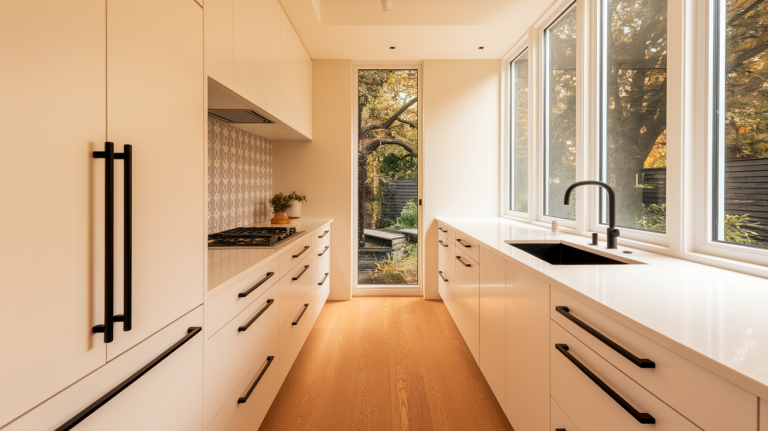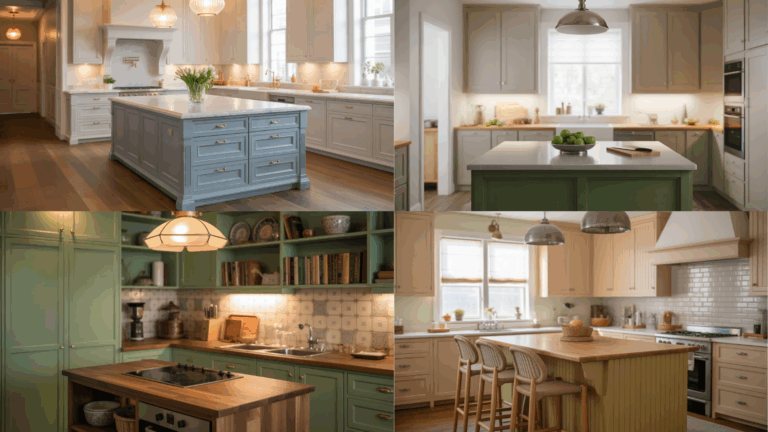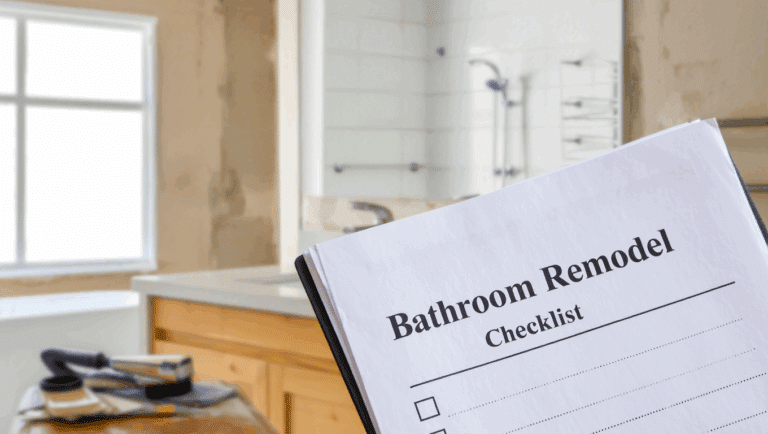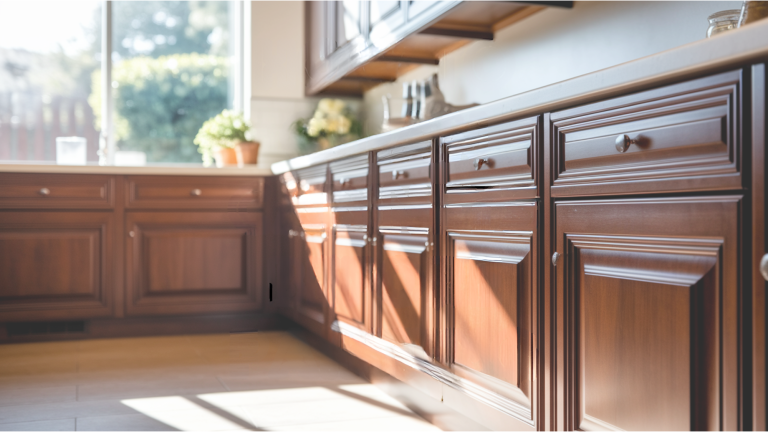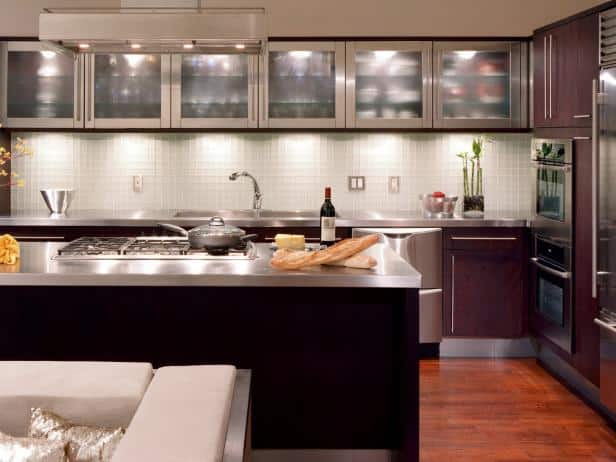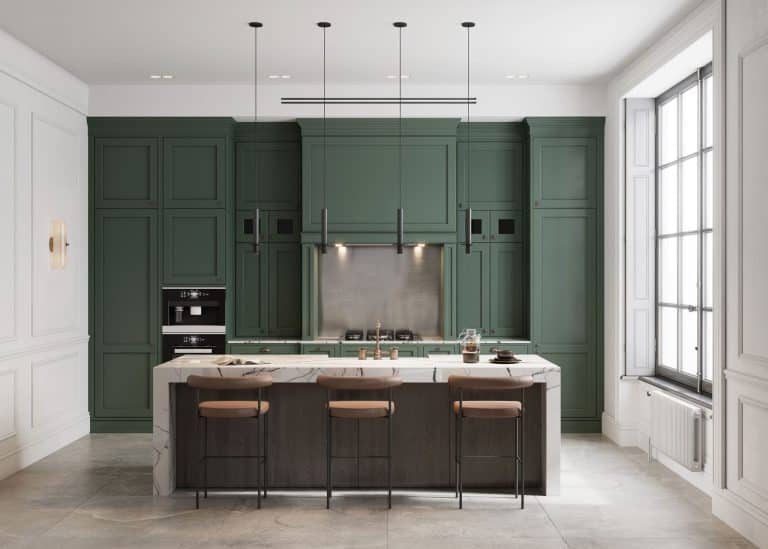Types of Shower Valves: Which One Suits Your Needs

Shower valves serve as the central control mechanism for your shower system. They manage water temperature and flow, creating a comfortable bathing experience.
Many homeowners struggle with selecting appropriate valves for their needs. Installation complications and maintenance questions often arise when dealing with these essential components.
Understanding the basics of shower valves helps prevent common problems. This blog aims to simplify valve selection and provide practical maintenance advice.
Types of Shower Valves
Understanding the different types of shower valves can help you choose the best option for your needs, ensuring comfort, safety, and efficiency in your shower experience.
Pressure Balancing Valves
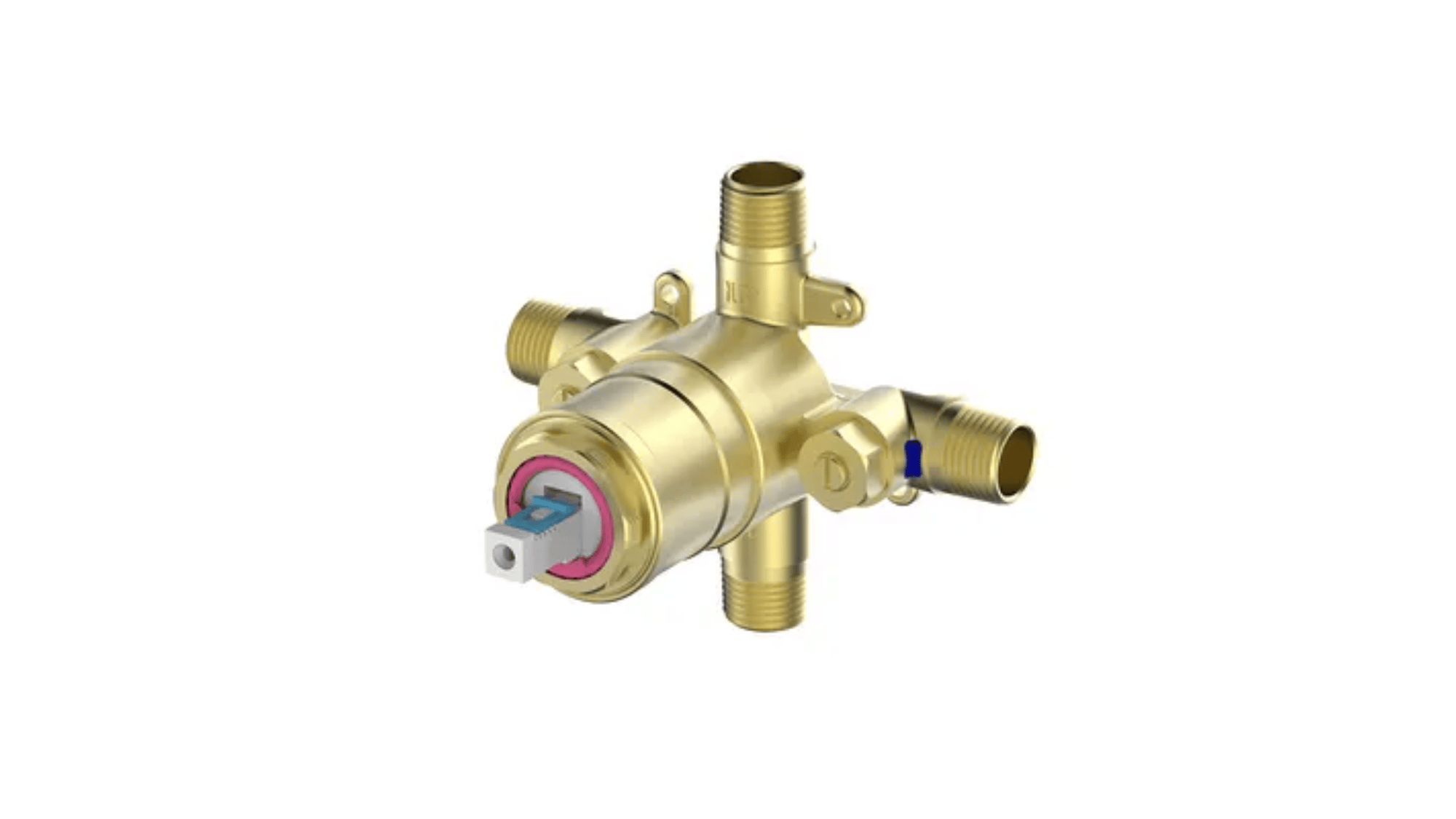
Pressure balancing valves maintain consistent water temperature despite fluctuations in water supply. They use a piston or diaphragm mechanism to compensate for pressure changes.
These valves protect users from sudden temperature shifts when toilets flush or appliances run. They’re an excellent choice for homes with older plumbing systems.
The main limitation is that they control only one function at a time. They cannot adjust temperature and volume independently like more advanced options.
Thermostatic Valves
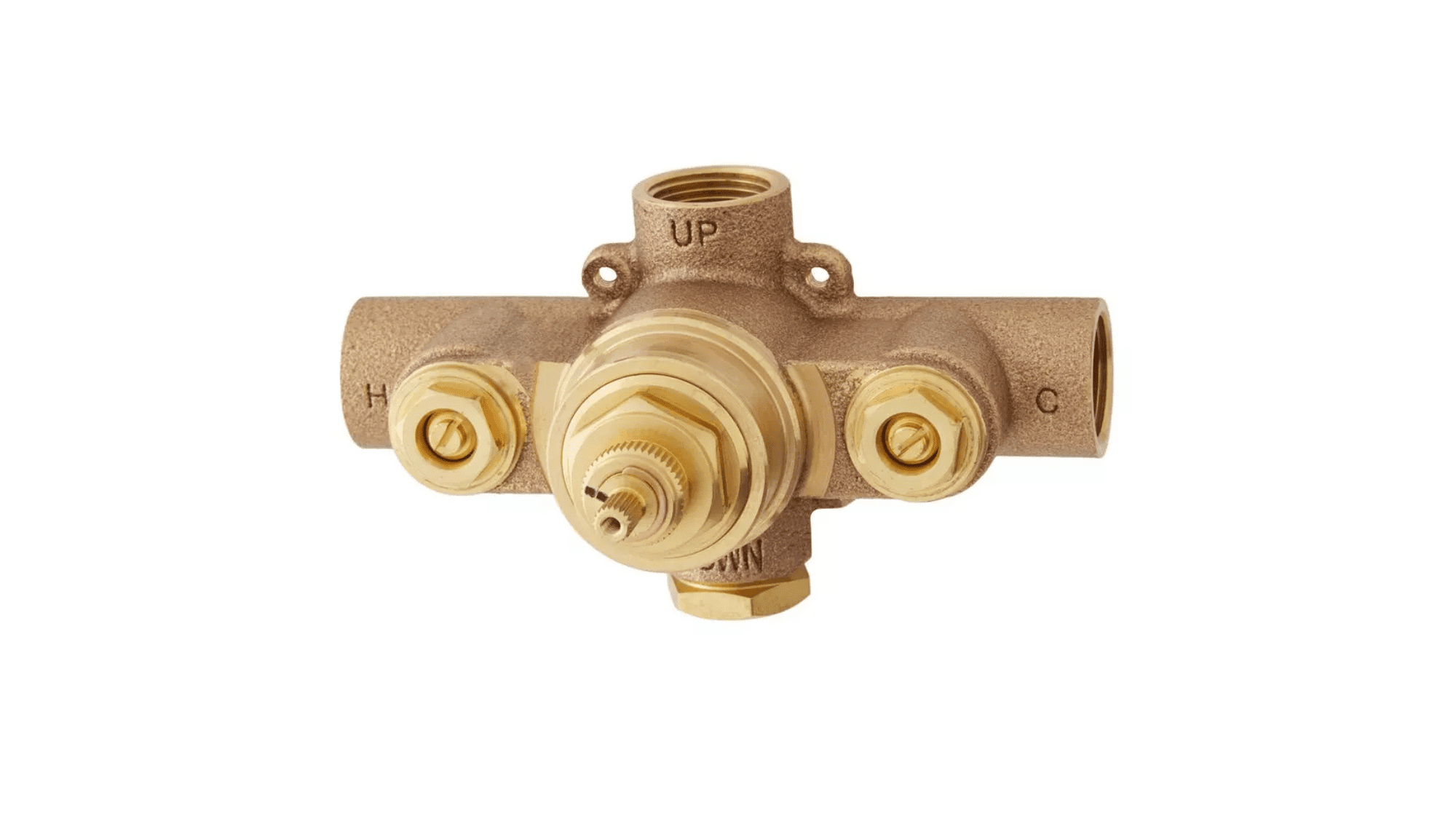
Thermostatic valves contain special elements that respond to temperature changes automatically. They maintain your selected temperature regardless of pressure variations in the water lines.
Users can preset their preferred temperature, adding convenience and safety. These valves react quickly to maintain comfort even when water demands change elsewhere.
They cost more than pressure-balancing models but offer superior performance. Many homeowners find the investment worthwhile for the added comfort and security.
Diverter Valves
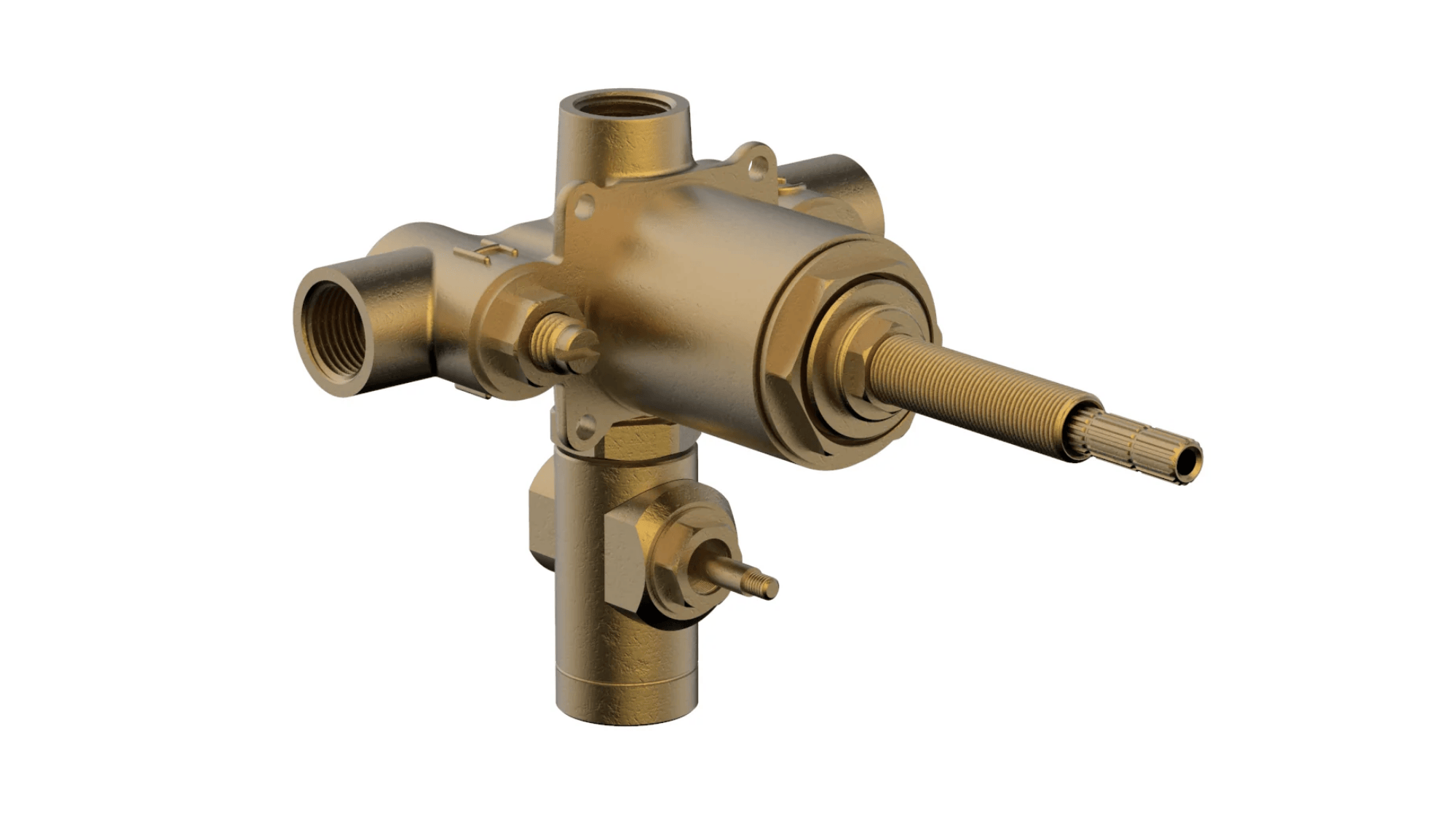
Diverter valves direct water flow between different shower components. They allow users to switch between showerheads, body sprays, and handheld units.
Simple diverters operate with a pull mechanism or a turn handle. More complex versions can direct water to multiple outlets simultaneously.
These valves often work alongside other valve types in a complete shower system. They expand functionality without handling temperature regulation themselves.
Mixing Valves
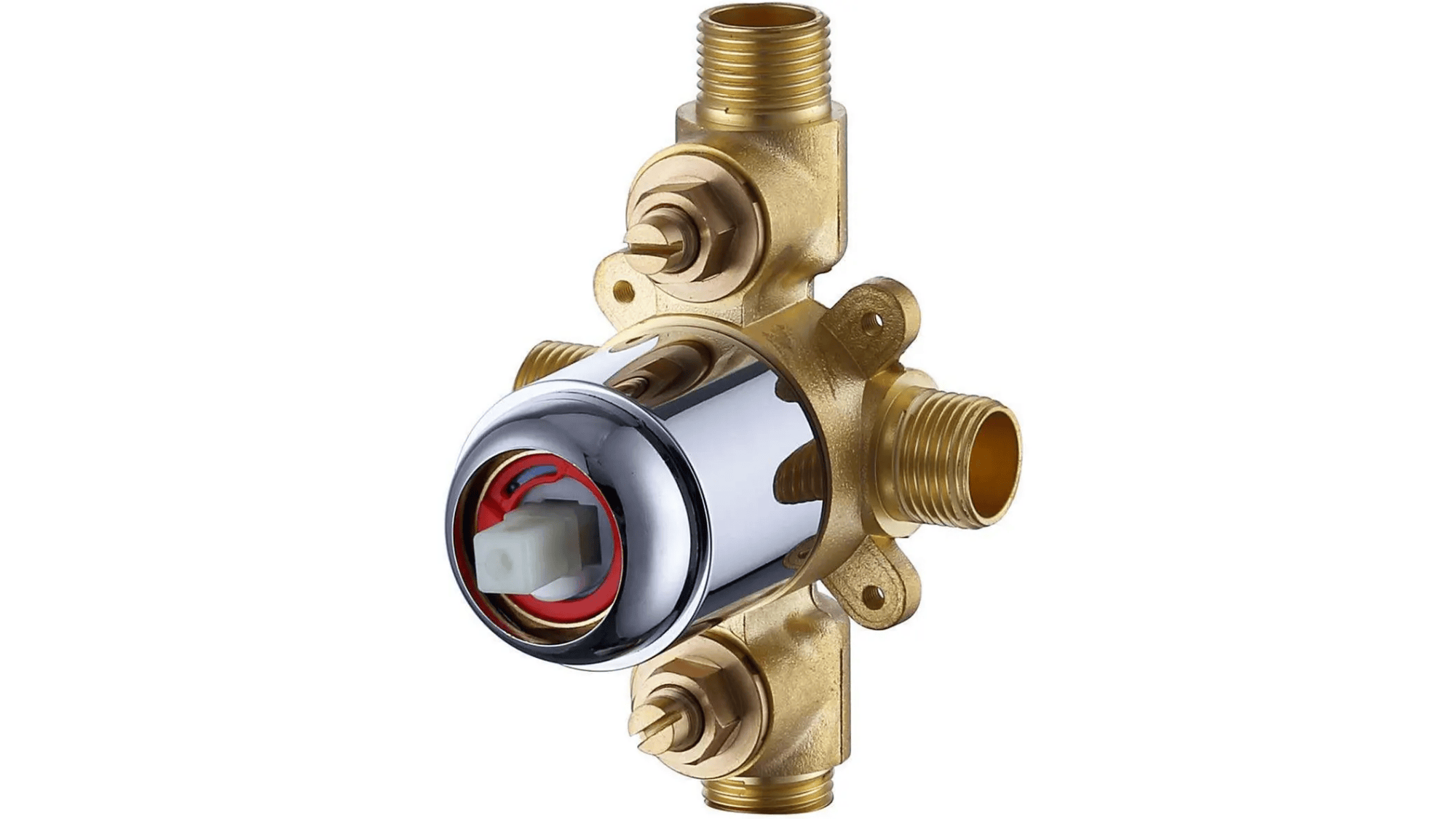
Mixing valves combine hot and cold water to achieve a consistent, comfortable temperature. They regulate water flow and are commonly found in showers and bathtubs.
These valves are essential for ensuring the water temperature remains stable. Available in both manual and thermostatic models, they offer flexibility in temperature control.
While manual models require manual adjustment, thermostatic mixing valves automatically maintain the desired temperature, providing greater convenience. Both options are widely used in everyday shower systems.
Transfer Valve
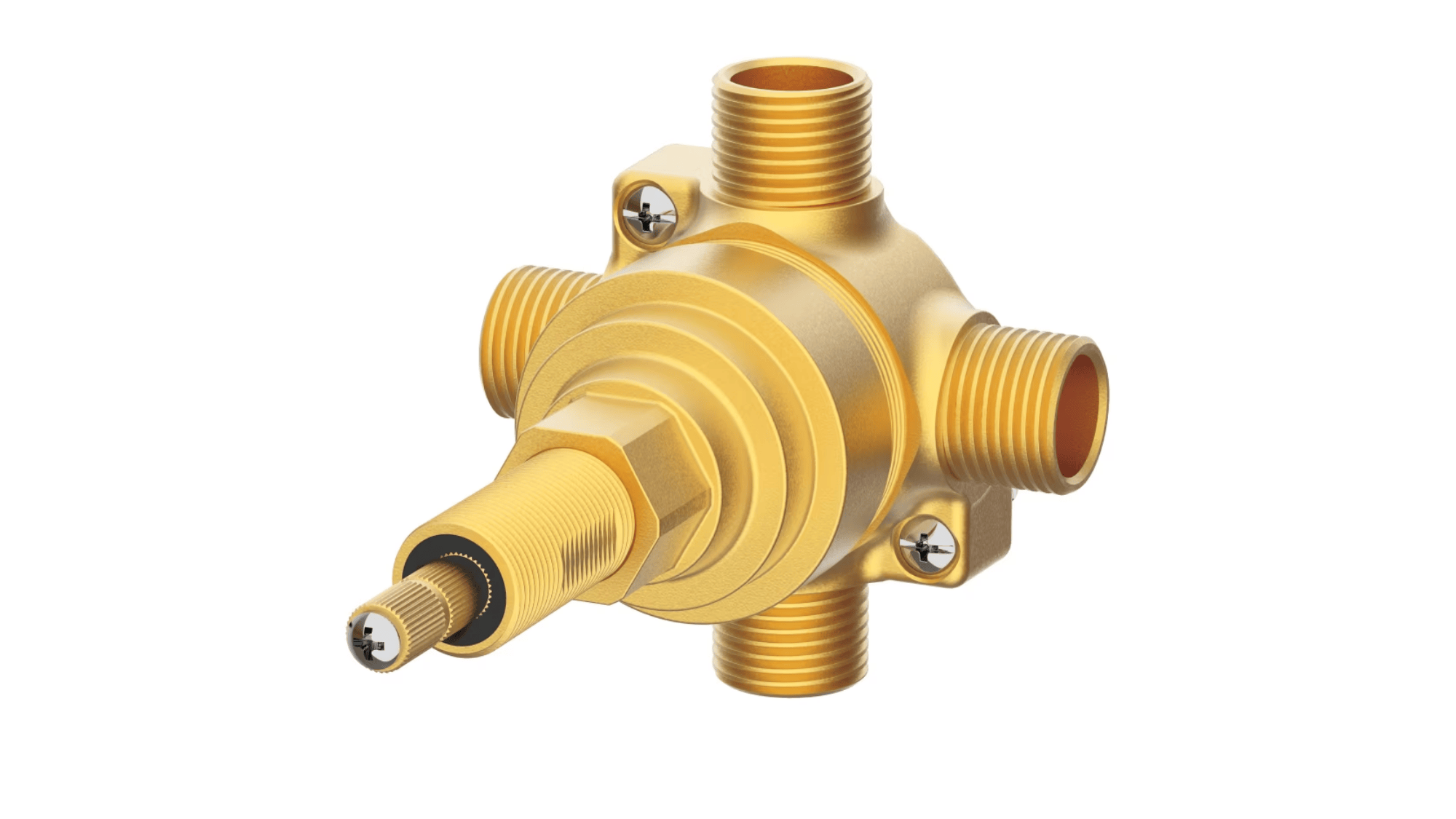
A shower transfer valve directs water flow between multiple shower outlets, such as different showerheads or body sprays, allowing users to control which outlet the water flows through.
These valves are typically used in more advanced shower systems with multiple components, offering versatility and customization.
They enable seamless transitions between outlets, enhancing the shower experience by providing more options for water flow and distribution.
Manual Valves
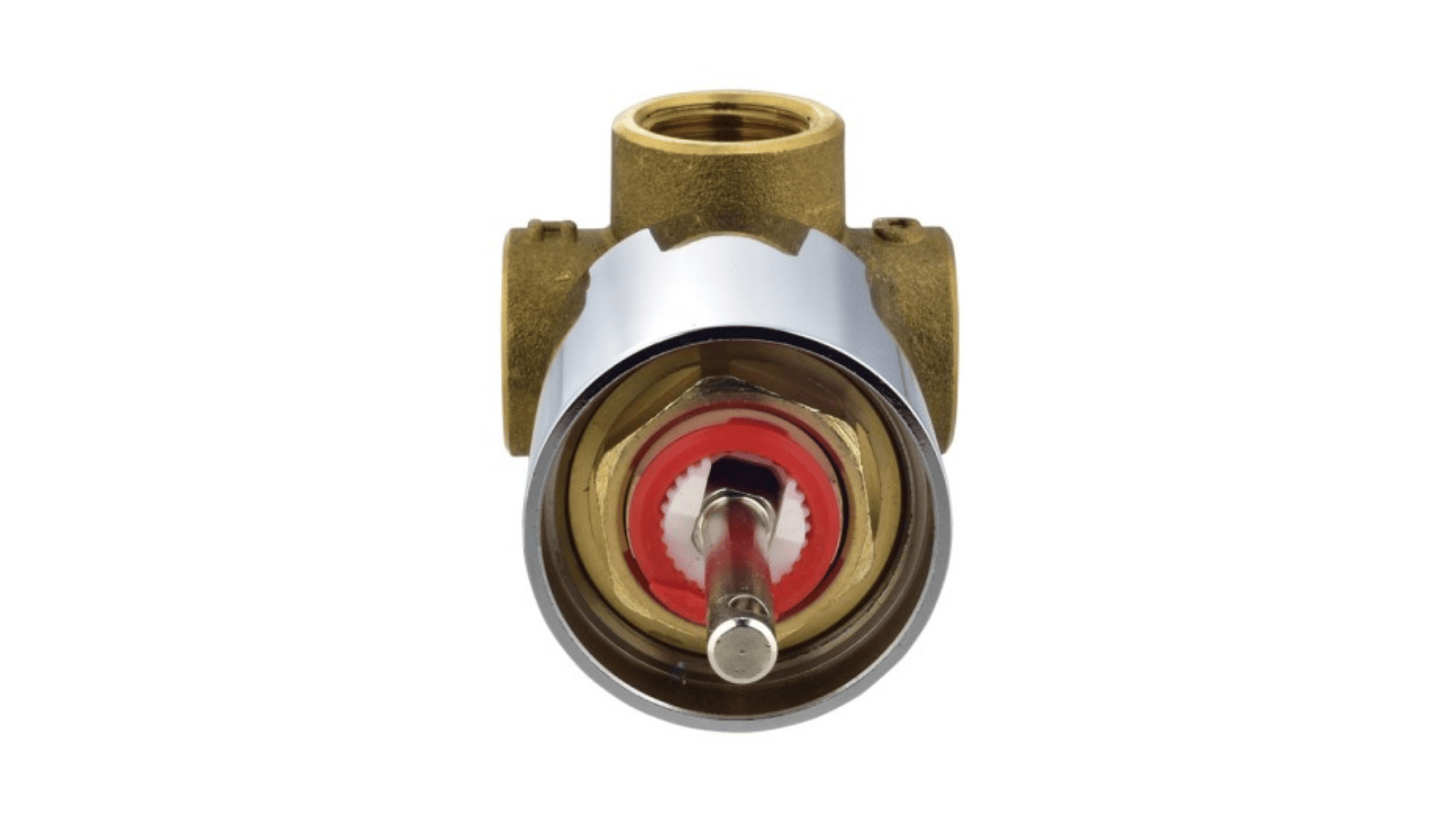
Manual shower valves allow users to adjust both water temperature and flow by turning a handle or knob. These valves are simple and user-friendly, providing basic control over shower settings.
While they lack the precision and advanced features of thermostatic or pressure-balancing valves, manual valves are often preferred for their ease of use and affordability.
They are commonly found in more traditional or budget-friendly shower systems.
Choosing the Right Valve for Your Bathroom Setup
Selecting the perfect valve requires careful consideration of several key factors.
Comparison of Valve Types
| Valve Type | Cost Range | Temperature Stability | Flow Control | Best For |
|---|---|---|---|---|
| Pressure Balancing Valve | $150–$350 | Good (maintains consistent temperature despite fluctuations) | Controls temperature only | Homes with older plumbing, basic needs |
| Thermostatic Valve | $200–$500+ | Excellent (automatically adjusts to maintain preset temperature) | Independent temperature and flow control | Homes seeking precise, comfortable temperature |
| Diverter Valve | $150–$350+ | N/A (doesn’t control temperature) | Directs water flow between components | Homes with multiple shower outlets (e.g., body sprays) |
| Mixing Valve | $150–$500+ | Good (maintains consistent temperature) | Controls both temperature and flow | Every day showers and bathtubs, basic systems |
| Shower Transfer Valve | $150–$400 | N/A (doesn’t control temperature) | Directs water flow to multiple outlets | Advanced shower systems with multiple components |
| Manual Shower Valve | $100–$300 | Fair (depends on user adjustments) | User-controlled (turning handles) | Budget-friendly, simple shower systems |
Selection Factors
When choosing a shower valve, it’s crucial to evaluate multiple factors to ensure optimal performance and long-term satisfaction.
- Water pressure variations affect valve performance significantly. Test your home’s pressure before making a selection.
- Household size impacts usage patterns and valve requirements. Homes with many users benefit from more sophisticated valve systems.
- Budget constraints often guide initial choices. However, investing in quality valves prevents frequent replacements and repairs.
- Hot water heater capacity influences your options. Thermostatic valves work best when paired with adequate hot water supply systems.
Water Efficiency Considerations
Choosing water-efficient valves helps conserve resources without sacrificing performance.
- Modern valves often include water-saving features. Look for WaterSense certification on new valve products.
- Flow restrictors can be built into valve cartridges. These limit maximum output without sacrificing shower quality.
- Some advanced valves offer programmable settings for conservation. These can reduce water usage while maintaining shower comfort.
Understanding Your Shower System
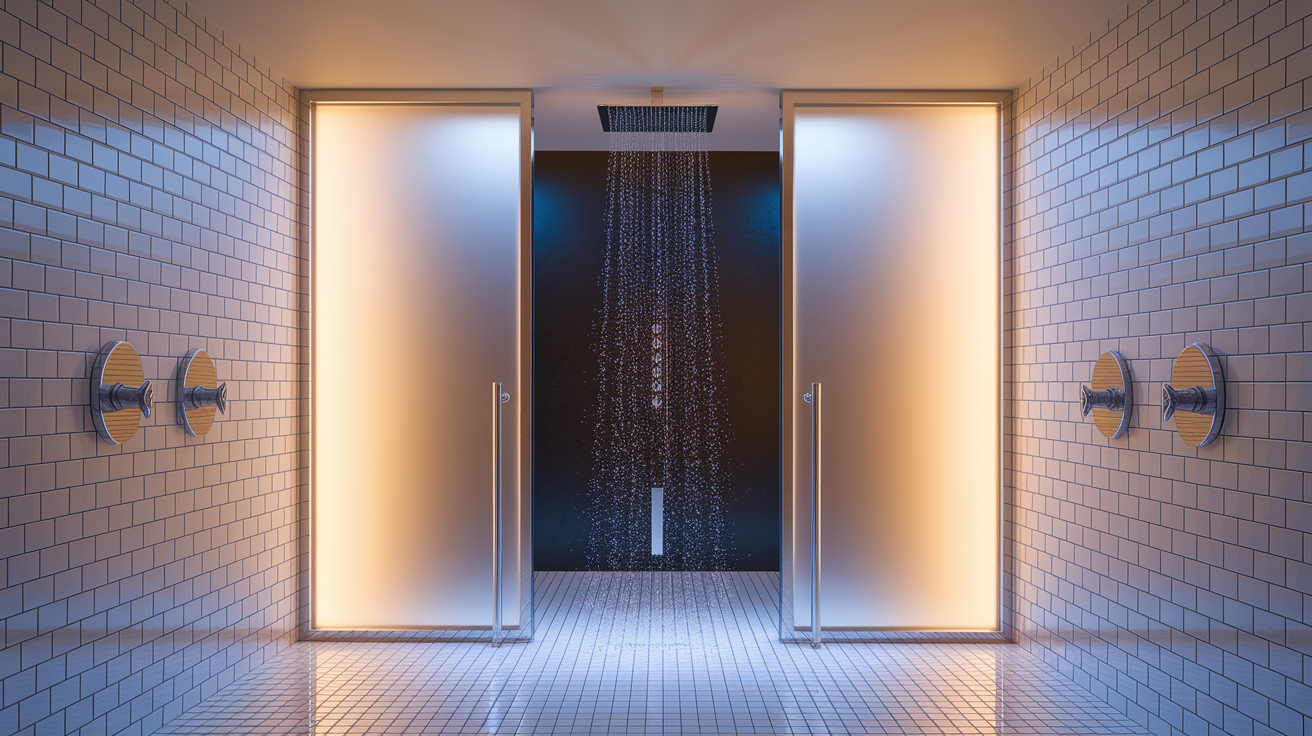
Before selecting a new valve, it’s important to understand your current system and its compatibility with your plumbing. This ensures a smooth upgrade and optimal performance.
Identifying Your Current Valve
Look for manufacturer markings on visible valve parts, often found on the handle plate or trim. These markings help identify the valve type and model.
Counting the number of handles can provide clues. Single-handle systems typically feature pressure-balancing or basic thermostatic valves, while multi-handle systems are often more complex.
Signs You Need a Replacement
Constant dripping usually points to worn internal components, such as washers or O-rings, which should be replaced. Water stains on walls may indicate hidden leaks.
Inconsistent temperatures or extreme temperature swings suggest valve mechanism failure. These issues can create safety risks and should be addressed promptly to ensure comfort and security.
Compatibility Considerations
Ensure the valve connections match your home’s plumbing configuration. U.S. plumbing typically uses 1/2-inch copper pipes, though there may be variations depending on your home’s setup.
Wall thickness is another consideration, as some valve models require a minimum clearance. Older homes may need specific valve options to accommodate these requirements, ensuring proper installation.
Maintenance and Troubleshooting Tips
Proper maintenance and prompt troubleshooting can ensure that your shower valve continues to function smoothly, extending its lifespan and preventing costly repairs.
Regular Maintenance Procedures
Regular upkeep can prevent common issues from arising and keep your shower valve in optimal condition.
- Clean visible valve parts monthly with mild soap solutions.
- Avoid abrasive cleaners that can damage chrome or special finishes.
- Check for leaks by running the shower and observing connections.
- Inspect the handle operation for signs of stiffness or resistance. Lubricate if necessary.
Common Problems
Understanding potential issues with your shower valve allows for early detection and quick resolution, avoiding extensive damage and discomfort.
- Constant dripping typically indicates worn washers or O-rings.
- Fluctuating temperatures may be caused by mineral buildup.
- Sudden cold water may indicate the anti-scald feature is activated.
- Low pressure may result from clogged valve inlets.
- Inconsistent pressure may require checking the home water pressure.
Solutions
Here are some straightforward solutions to address common valve issues, helping you keep your shower system functioning at its best.
- Replace washers or O-rings, often with manufacturer-recommended repair kits.
- Soak components in vinegar to remove mineral deposits.
- Adjust the anti-scald feature according to instructions if cold water is an issue.
- Clean clogged screens or filters to improve pressure.
- Check home water pressure and consult a plumber if inconsistent pressure persists.
When to Call a Professional
Some shower valve issues may require professional expertise to ensure safe and efficient repairs. Professional help can prevent further complications and avoid damaging surrounding structures during repairs.
Complex valve systems or concealed valve bodies often require a trained plumber’s diagnosis to address problems. Additionally, warranty conditions may require professional service to maintain validity and coverage.
Conclusion
Selecting an appropriate shower valve significantly impacts daily comfort. Consider your household needs and water system characteristics.
Quality valves represent a worthwhile investment in home infrastructure. They provide reliable service for many years when properly maintained.
Regular attention to minor issues prevents major problems. With proper care, your shower system will provide consistent performance for years.
Remember that valve technology continues to improve. When replacement becomes necessary, newer models offer enhanced features and efficiency.

